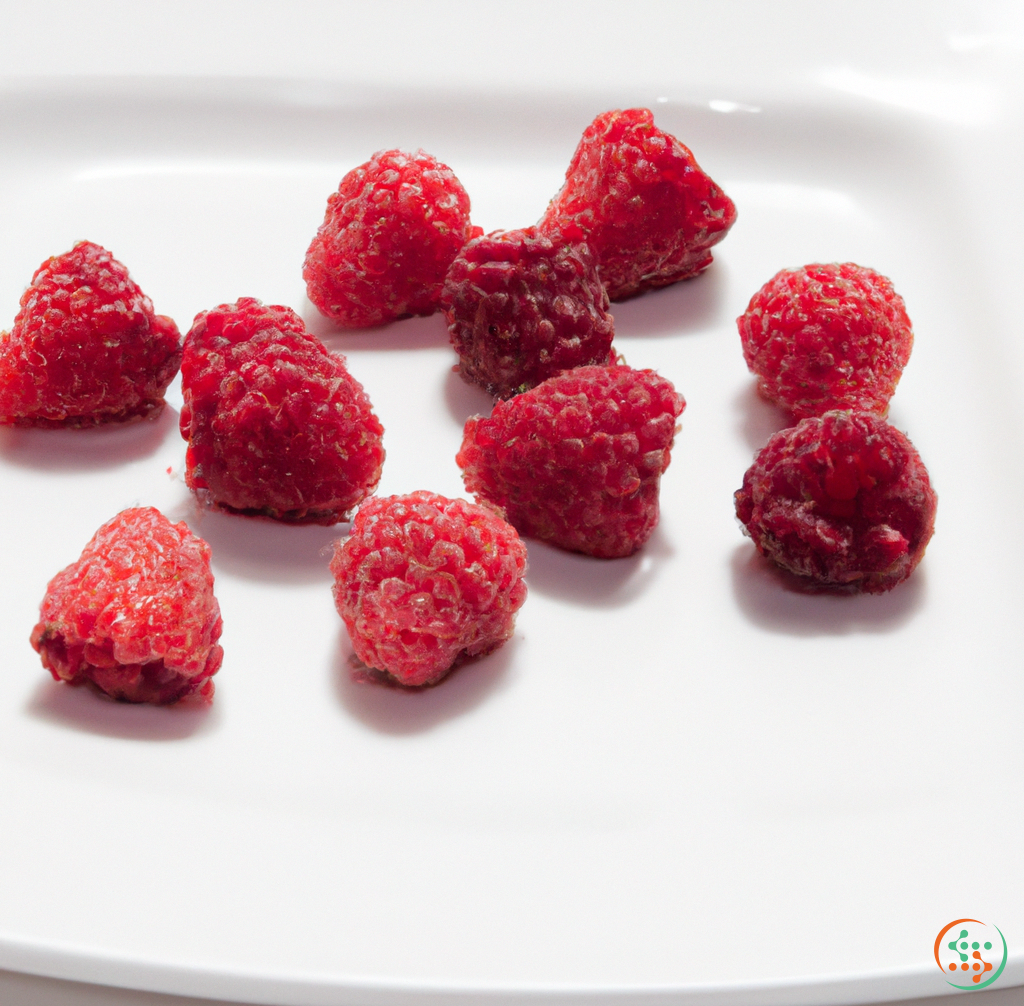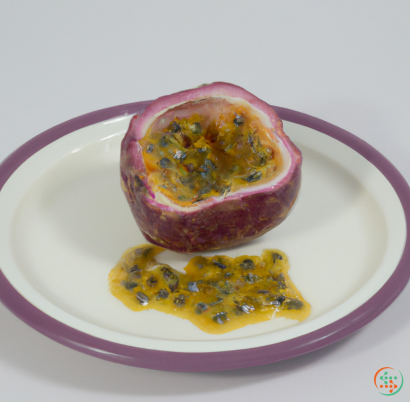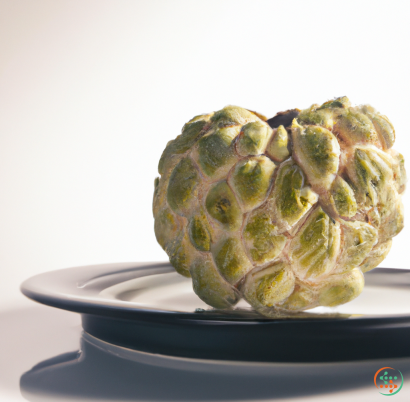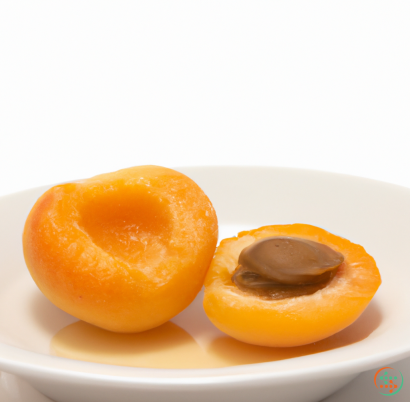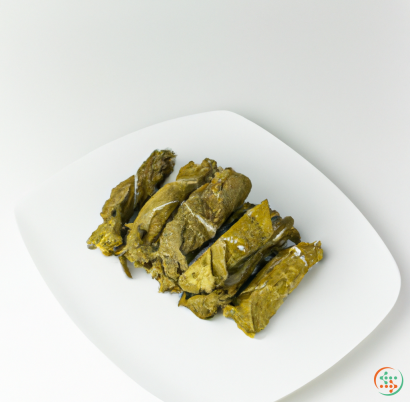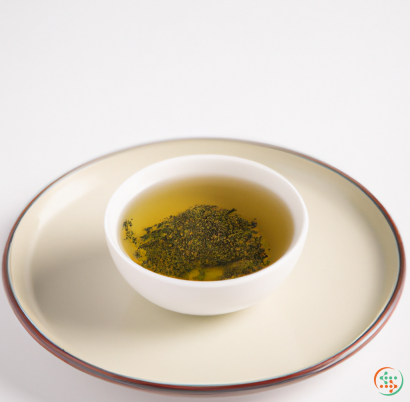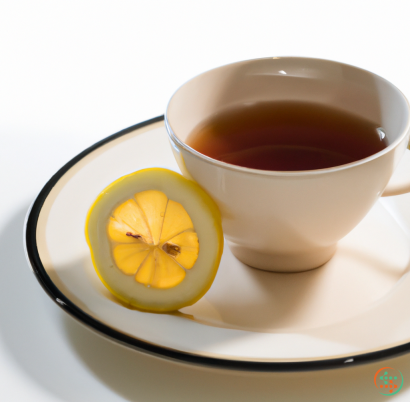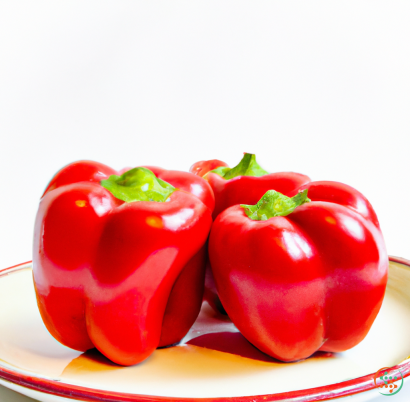Loganberries
What are Loganberries?
Loganberries are hybrid fruits grown initially in California in the late 1800’s. While they may seem like a mysterious fruit, they are actually a combination of three different kinds of berries: blackberries, raspberries, and a wild variety of raspberry known as the logan. Even though they look and taste like large, dark red raspberries, their true nature lies in the combination of their parents’ lineage.
Loganberries have a distinct oblong shape caused by the intersection between its blackberry, raspberry, and wild parents. They range in color from bright purplish-red to dark, deep red. The larger specimens tend to have a blackhead on one end, giving them a more intense color throughout.
In terms of flavor, the taste of loganberry is more tart than its blackberry and raspberry parents. The flavor is a blend of sweet and tart, reminiscence of a pineapple. The texture can vary from soft and juicy to hard and firm.
Nutritionally, Loganberries are great sources of vitamins and minerals, including Vitamin C, Vitamin A, manganese, potassium, iron and dietary fiber. They are low in calories and fat, and a 100-gram serving of Loganberries provides approximately 62 calories.
In terms of usage, Loganberries are often used in baking and desserts. They make delicious jams, juices, syrups, and other preserves, or they can be eaten alone out of hand. When baked or cooked, they add a unique sweet-tart flavor to cakes, pies, tarts, muffins, and other desserts. Loganberries are also an excellent accompaniment to dairy products such as ice cream and yogurt.
These wildberries can also be found in a variety of cosmetic treatments. They can be made into face scrubs, exfoliants, masks, and more. This is due to the high levels of beneficial acids, vitamins, and minerals that are found in the berry’s pulp.
Loganberries can be found fresh or dried through most grocery stores, farmers’ markets, or online vendors. As most fruits, they are best when freshly picked, but they can be enjoyed even when purchased from a store. When buying them in stores, look for the fruits that have a vibrant and deep red color, and those that are slightly soft to touch, but have no bruises.
To maximize the shelf-life of Loganberries, store them in the refrigerator for a few days and always keep them tightly sealed, as air exposure will cause them to quickly lose their freshness. To freeze them for longer periods, spread out the berries on a baking sheet and place in the freezer, but only for a few hours. Once the berries freeze, quickly transfer them to an airtight container and back to the freezer.
Loganberries are definitely an interesting and unique fruit that offer a unique flavor. If you are looking to add some special sweetness to your favorite dishes, or if you wish to use them in cosmetics, Loganberries are one of the most interesting fruits that you should try.
Introduction
Loganberries, a hybrid of the blackberry and raspberry, are a unique species that have unique properties and appearances. They also have a unique journey from their origins to a dinner plate. For many, consuming this super fruit is their downfall as it’s notorious for its tartness. Loganberries are tart and have a unique nutty aftertaste when eaten. Despite the tartness, what draws many foodies in is their unique shape and taste. This composition of tart flavors is why Loganberries have become the superhero berry of the culinary world.
In this blog post, we will explore how Loganberries are created, how they are harvested, packaged, transported, and ultimately get to our dinner plate.
Origins & Cultivation of Loganberries
Loganberries were first created by American horticulturist James Harvey Logan in a commercial nursery which he operated in Santa Cruz, California in 1881. Logan's nursery was a propagation nursery and it was the first nursery to commercially produce Loganberries in the United States. Loganberries are a cultivar, a hybrid of a blackberry and raspberry, and were created by accident when he crossed a blackberry and raspberry as a lucky seedling.
Loganberries are mostly grown in California and Oregon, as the climates are ideal for their cultivation and development. The growing process is complex and requires careful attention, and the Loganberries growing process is divided into three stages: planting, growing, and harvesting.
To begin, Loganberries must be planted in plots of land and should be given at least 2 feet of room between each of the plants. This helps prevent overcrowding, allowing for maximum light absorption and ventilation for the plant. Loganberries must then be watered and fertilized throughout the entire growing season in order to provide the plant with essential nutrients and maintain foliage growth. As the Loganberries grow, they should be carefully monitored for pests and diseases and should be pruned regularly to prevent overcrowding and disease spread.
Harvesting & Processing Loganberries
Now, after months of laborious care, it is finally time to harvest the Loganberries. Traditionally, Loganberries are hand-picked, but advanced harvesting machines that use sensors to detect ripeness are also becoming popular in commercial cultivating sites. The most labor-intensive part of the harvesting process is sorting the Loganberries. RipeLogansberries must be carefully separated from unripe Loganberries and any other debris, such as leaves and twigs, must be removed from the crop.
After the Loganberries are harvested, they are typically processed and packaged for sale. The first step in this process is washing the Loganberries, which helps remove bacteria and other impurities from the surface of the berries. Next, the Loganberries will have their stems and caps removed before proceeding for further inspection, sorting, and grading. Loganberries are sorted and separated into different grades depending on their size, quality, and color. After sorting and grading, Loganberries are then dried and packaged. Packaging varies based on customer demand and can range from small plastic containers to large cardboard boxes. After packaging, the Loganberries are labeled with a bar code, date of packaging, weight, and other relevant information.
Transportation of Loganberries
Once the Loganberries are processed and packaged, they must be transported to various destinations. There are two main transportation modes used to move Loganberries around the world: freight shipping and air freight.
Freight shipping is the most cost-effective method of shipping Loganberries and is the most commonly used transportation mode. In this method, Loganberries are loaded onto ships and transported to various destinations via ocean routes. This method is slower than air freight and requires more time due to the time it takes for ships to travel between destinations.
Air freight is the other transportation mode used to transport Loganberries. In this method, Loganberries are loaded onto planes and sent to various destinations via air routes. Air freight is the most expensive shipping method and is the fastest method of transporting Loganberries.
Destination: Dinner Plate
After all the steps necessary for Loganberries to move from the fields to tables, it is time for them to arrive at our dinner table. Loganberries can be consumed as is, or used to make various creative recipes.
Loganberries can be eaten fresh, whether as is, or as part of a smoothie, yogurt parfait, or tossed salad. They can also be cooked and added to pies, muffins, jams, jellies, or sauces. Loganberries can even be used to make wines, beer, and other alcoholic beverages.
Conclusion
Loganberries are a unique species with a unique journey from the fields to dinner plates. This journey includes the creation and cultivation of Loganberries, harvesting, processing and packaging, transportation, and ultimately arriving at the dinner table. Loganberries can be consumed as is, or can be used to make various creative recipes. Regardless the recipe, these tangy, nutty Loganberries are sure to wow!
| Vitamin A | 0.002 mg | |
| Beta-Carotene | 0.021 mg | |
| Vitamin E | 0.87 mg | |
| Vitamin K | 0.0078 mg | |
| Vitamin C | 0.0153 grams | |
| Vitamin B1 | 0.05 mg | |
| Vitamin B2 | 0.03 mg | |
| Vitamin B3 | 0.84 mg | |
| Vitamin B4 | 0.0085 grams | |
| Vitamin B5 | 0.24 mg | |
| Vitamin B6 | 0.07 mg | |
| Vitamin B9 | 0.026 mg |
| Calcium | 0.026 grams |
Daily Value 1.3 g
|
| Iron | 0.64 mg |
Daily Value 0.018 g
|
| Magnesium | 0.021 grams |
Daily Value 0.4 g
|
| Phosphorus | 0.026 grams |
Daily Value 1.25 g
|
| Potassium | 0.145 grams |
Daily Value 4.7 g
|
| Sodium | 0.001 grams |
Daily Value 2.3 g
|
| Zinc | 0.34 mg |
Daily Value 0.011 g
|
| Copper | 0.12 mg |
Daily Value 0.9 mg
|
| Manganese | 0.00125 grams |
Daily Value 0.0023 g
|
| Selenium | 0.2 ug |
Daily Value 0.055 mg
|
| Total Sugars | 0.131141 grams |
per 100g
|
| Palmitic acid (16:0) | 0.01 grams |
|
| Total Saturated fatty acids: | 0.01 g | |
| Oleic acid (18:1) | 0.03 grams |
|
| Total Monounsaturated fatty acids: | 0.03 g | |
| Linolenic acid (18:3) | 0.06 grams |
|
| Linoleic acid (18:2) | 0.12 grams |
|
| Total Polyunsaturated fatty acids: | 0.18 g | |
